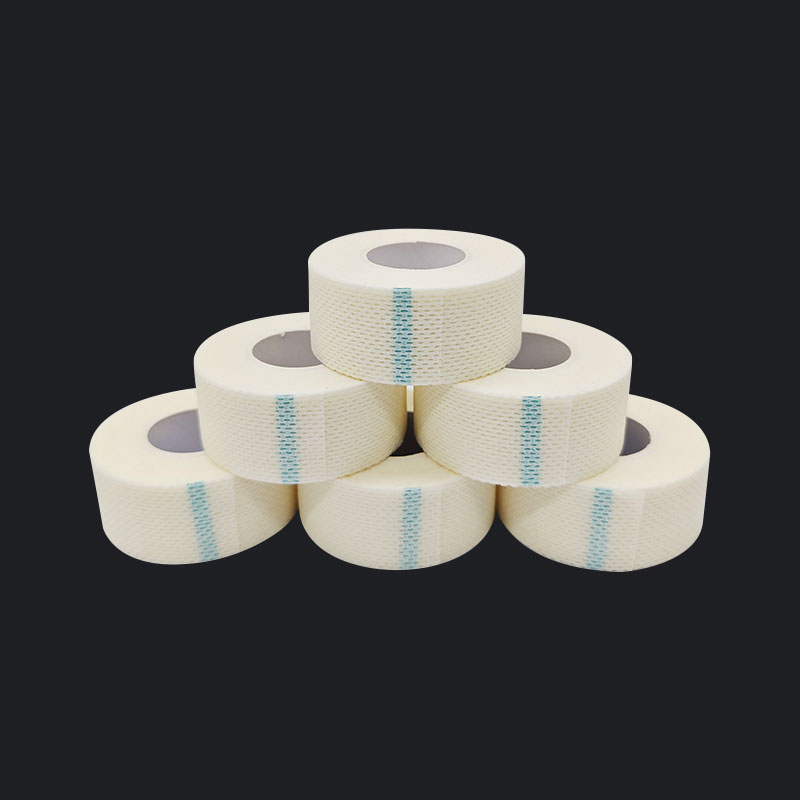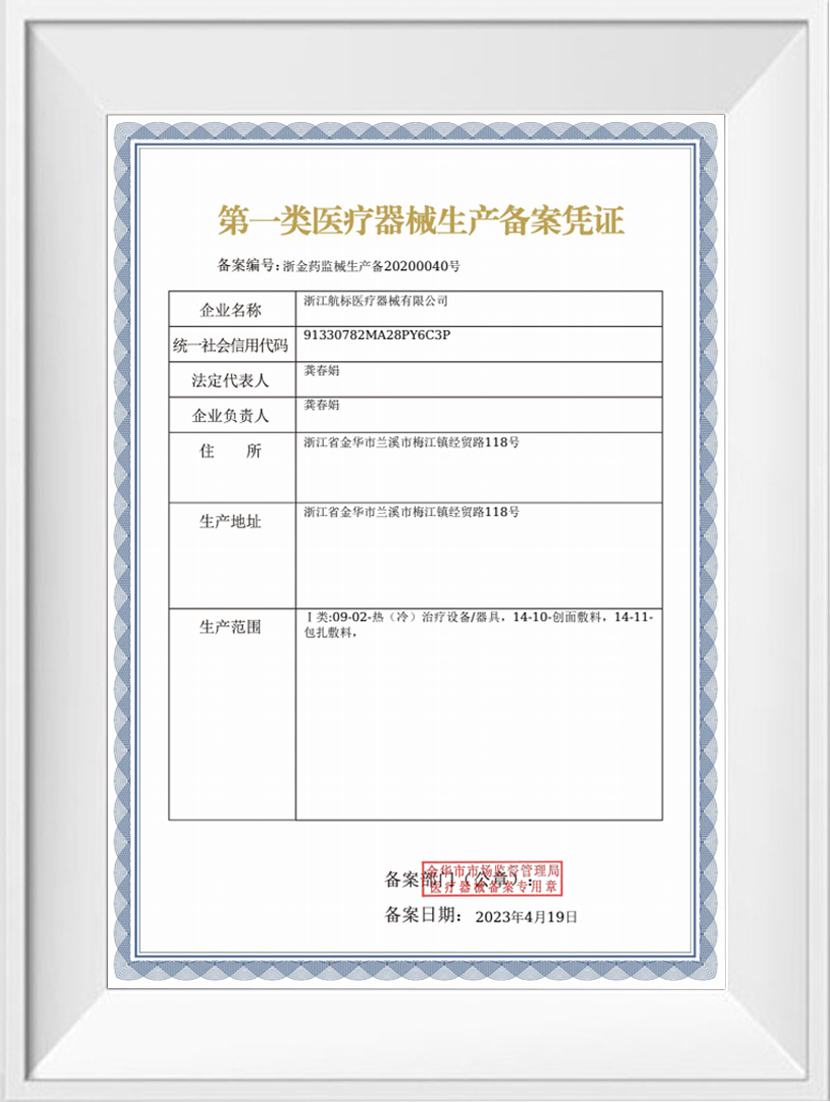OEM Medical Surgical Tape Factory Manufacturing Exporter
When it comes to the healthcare industry, Surgical Tape Factory products are indispensable for securing dressings, securing medical devices, and providing support for various treatments. However, the correct removal of these tapes after use is equally important as their application. This article will discuss the proper techniques for removing surgical tapes produced by Surgical Tape Factory facilities, focusing on minimizing patient discomfort and preventing skin damage.

The adhesive properties of surgical tapes manufactured in Surgical Tape Factory settings are designed to be strong enough to stay in place throughout treatment but gentle enough to be removed without causing harm. This delicate balance is crucial for patient care, as improper removal can cause skin irritation, pain, and even damage to the skin's integrity.
To start with, it is important to understand that Surgical Tape Factory tapes are made with different adhesive strengths and materials, which can affect the removal process. Some tapes may be designed for short-term use, while others are intended for longer durations. This difference in adhesive strength should be taken into account when planning the removal process.
The one step in removing Surgical Tape Factory tape is to assess the patient's skin condition. If the skin is fragile, irritated, or shows signs of an allergic reaction, a more gentle approach may be necessary. It is also important to check for any signs of infection or skin breakdown beneath the tape, as this could indicate that the tape should not be removed at all or that medical intervention is required.
When removing Surgical Tape Factory tape, it is recommended to start at one edge and gently lift the tape away from the skin at a 180-degree angle. This method is less likely to cause pain or damage to the skin compared to pulling the tape directly off. If the tape is difficult to remove or if the patient experiences discomfort, a heat source, such as a warm cloth or a hairdryer, can be used to gently warm the adhesive. The heat can help loosen the bond between the tape and the skin, making it easier to remove.
It is also crucial to educate patients and caregivers on the proper removal techniques, especially when Surgical Tape Factory tapes are used for home care. Clear instructions should be provided, detailing the steps for removal and the importance of gentle handling to avoid skin trauma.
In some cases, Surgical Tape Factory tapes may be coated with a skin protectant or a release agent to facilitate easier removal. These coatings can be particularly helpful for patients with sensitive skin or those who require frequent changes of their dressings.
Finally, it is essential to monitor the skin after the removal of Surgical Tape Factory tapes. Any signs of irritation, redness, or blistering should be documented and addressed promptly to prevent further complications. In some instances, a skin barrier product may be applied before the tape is reapplied to protect the skin and reduce the risk of adverse reactions.
In conclusion, the proper removal of Surgical Tape Factory tapes is a critical aspect of patient care that requires careful consideration and adherence to practices. By understanding the characteristics of the tapes and the skin's condition, healthcare providers can ensure a comfortable and safe removal process, reducing the risk of complications and promoting patient well-being.



